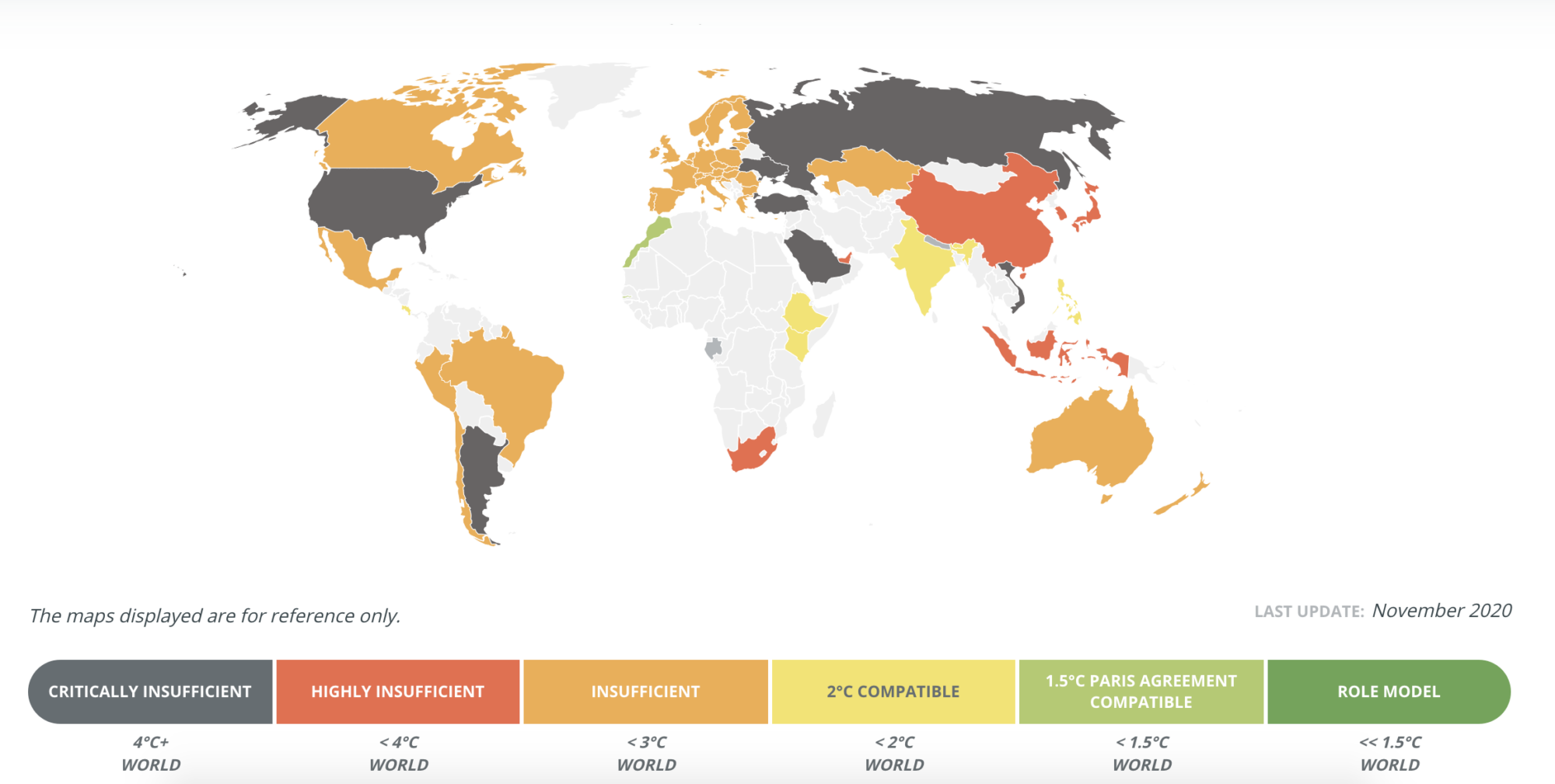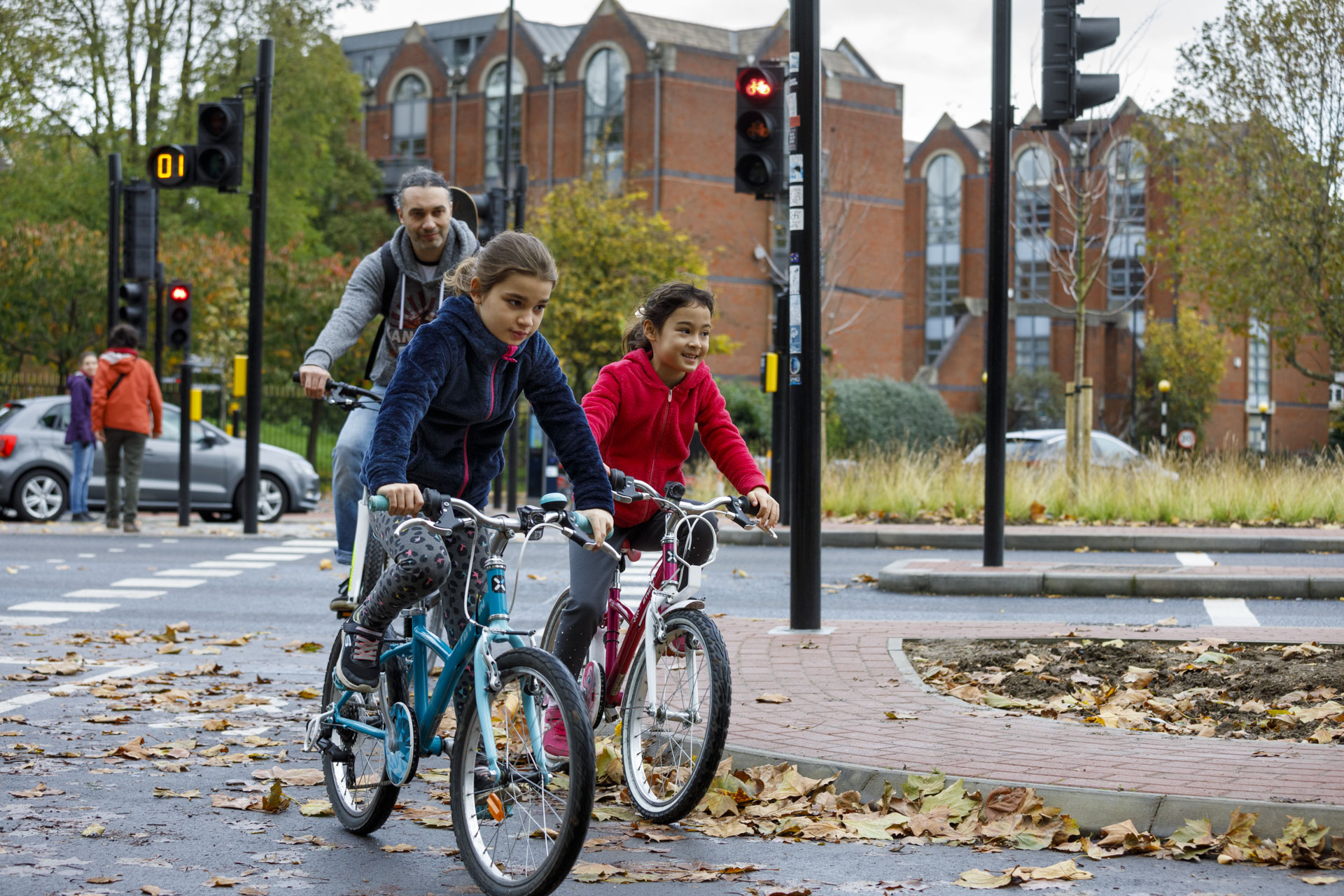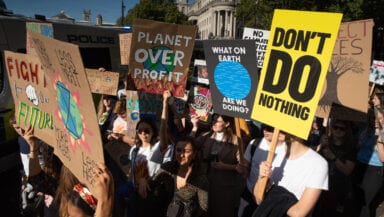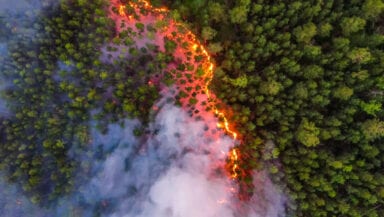Listen to this article read aloud by the author
What is the Paris Climate Agreement?
The Paris Climate Agreement is an international treaty that commits most of the world’s governments to addressing climate change.
Forged through decades of negotiations, the Paris Agreement is the world’s first comprehensive climate treaty. Despite its problems, it’s still seen as a major breakthrough in humanity’s effort to tackle the issue. When someone mentions Paris in the context of climate change, this is usually what they’re talking about.
The goal of the Paris Agreement is to stop the world’s average temperature rising more than two degrees, or ideally 1.5ºC.
Doing this would likely prevent the worst impacts of climate change (although it will still cause serious harm, especially to people who did least to cause this crisis). But at the moment the world isn’t even on track to hit that goal.
Almost every government in the world has signed up to the Paris Agreement. The only ones that haven’t joined are Iran, Turkey, Eritrea, Iraq, South Sudan, Libya and Yemen.
The US left the agreement under Donald Trump, but rejoined in early 2021 when President Joe Biden took office.
Is the Paris Agreement working?
Not yet, but it still could. Most experts agree that it’s helped speed up climate action around the world, but not by enough. It’s also a useful framework to help countries work together on climate change. However, it still relies on them taking the problem seriously in the first place.
One recent study has crunched the numbers from commitments and pledges over the last 10 years and found that the Paris Agreement’s goals are “within reach”. But reaching them won’t be easy.
To get back on track, countries need to set more ambitious short-term goals for reducing their emissions. They also need to work harder to keep their promises. Scientists say we need a 45% emissions cut in the next 10 years to stay under that 1.5ºC limit.
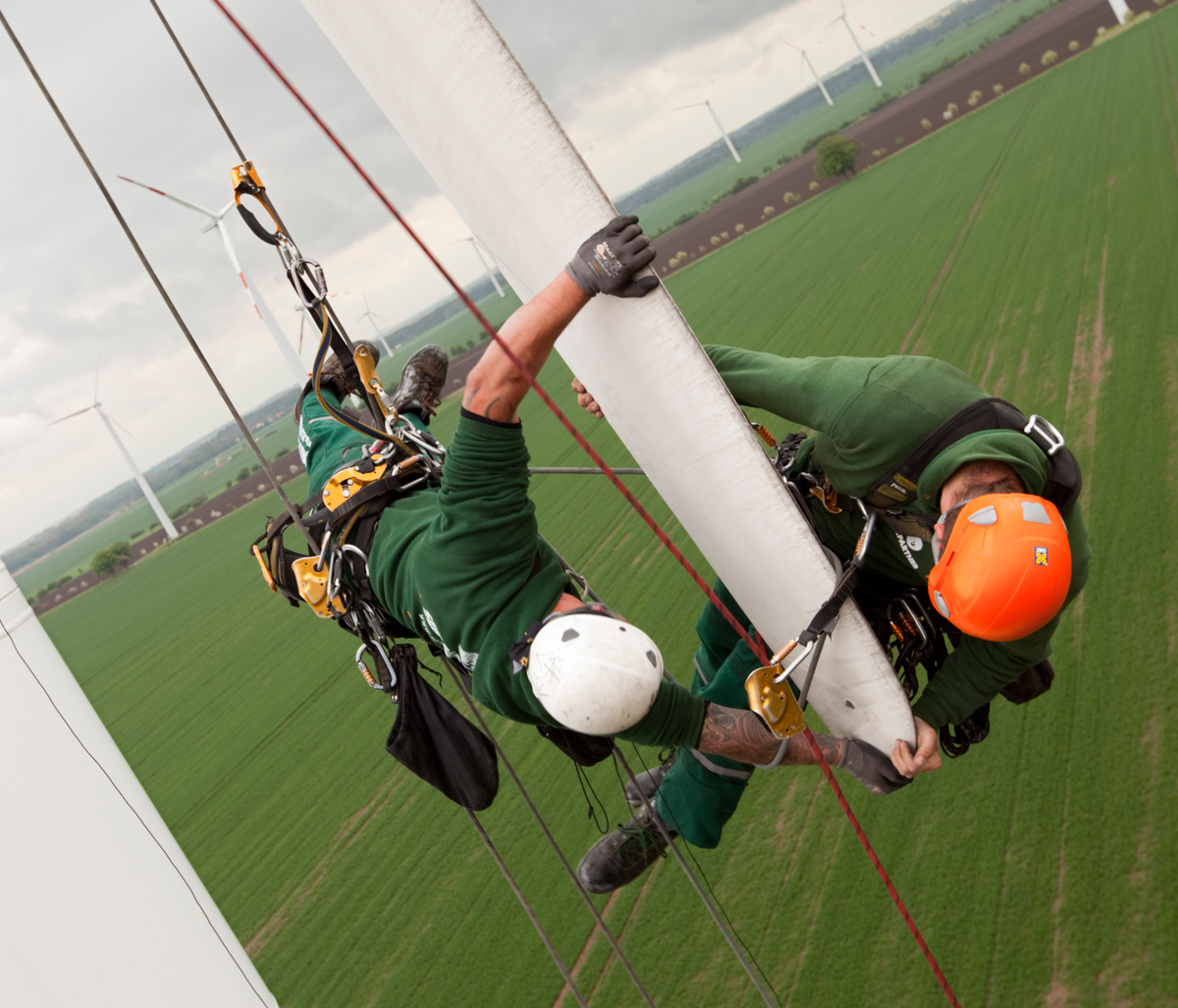
For the Paris Climate Agreement to succeed, we’ll need to hugely expand renewable energy. © Paul Langrock / Zenit / Greenpeace
What have countries agreed to?
Under the Paris Agreement, each country has to say how much it will reduce its contribution to climate change. As well as these targets, they also have to publish five-yearly plans for how they’ll make it all happen.
Here’s a quick look at a few countries’ latest commitments:
- UK – pledged to cut emissions 68% by 2030.
- France – negotiates as part of the EU, which pledged to cut 55% by 2030.
- USA – 50%–52% below 2005 levels by 2030.
- China – pledged to peak its emissions by 2030, but a full Paris commitment is still due, which will hopefully be more ambitious.
- Brazil – pledged to cut 43% by 2030, but with a dodgy accounting trick that allows them to actually increase their emissions.
The Climate Action Tracker has a useful summary of different countries’ pledges, and a rating system showing whether they’re doing their fair share. However, the countries that industrialised first should really move even faster, given their responsibility for historic emissions.
Are countries’ plans good enough?
Not yet. The idea is that the world’s combined commitments should be enough to keep us under the 1.5ºC limit. But at the moment, they’re failing this test.
Each government can decide how big its reduction will be. And even if every country hit its current Paris Agreement target, global emissions would only be 1% lower by 2030, and the world would warm by 2.1 – 3.3ºC. These temperature changes might not sound like much, but in the world’s hugely powerful and delicately-balanced climate system, they make all the difference.

